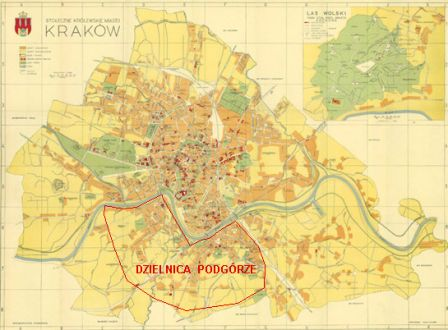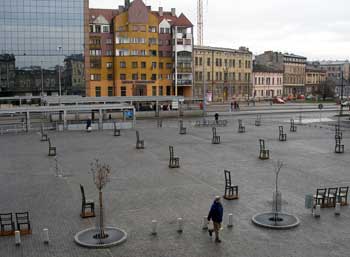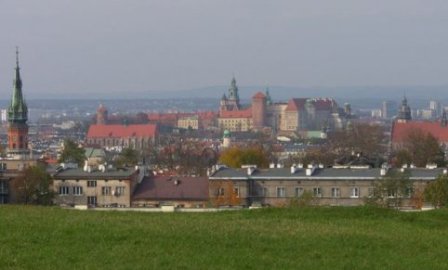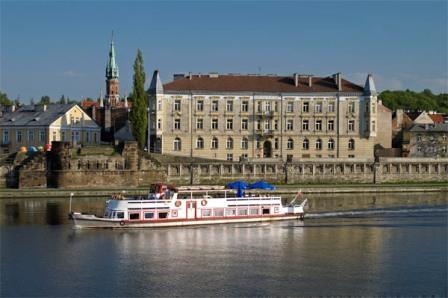Ludzie nie dlatego
przestają się bawić,
że się starzeją,
lecz starzeją się,
bo się przestają bawić.
Mark Twain
przestają się bawić,
że się starzeją,
lecz starzeją się,
bo się przestają bawić.
Mark Twain

| STRONA GŁÓWNA |
| NAJBLIŻSZE SPOTKANIA |
| JĘZYK ANGIELSKI |
| JĘZYK FRANCUSKI I NIEMIECKI |
| KLUB SENIORA EUROPEJCZYKA |
| KURSY KOMPUTEROWE |
| Z ŻYCIA AKADEMII |
| O NAS |
| PROJEKTY |
| NASI PARTNERZY |
| GALERIA |
| ENGLISH |
| KONTAKT |

Stowarzyszenie Akademia Pełni Życia
im. Joanny Boehnert
ul. Władysława Łokietka 57A/39
31-279, Kraków
Adres korespondencyjny,
biuro i miejsce zajęć:
ul. Rzeźnicza 2A
31-540, Kraków
tel. 12 294 81 35 oraz 12 431 36 00
E-mail: biuro@apz.org.pl
BIURO AKADEMII CZYNNE:
od poniedziałku do piątku
w godz. 9.00 - 11.00
Zapraszamy!
Akademia Pełni Życia

im. Joanny Boehnert
ul. Władysława Łokietka 57A/39
31-279, Kraków
Adres korespondencyjny,
biuro i miejsce zajęć:
ul. Rzeźnicza 2A
31-540, Kraków
tel. 12 294 81 35 oraz 12 431 36 00
E-mail: biuro@apz.org.pl
BIURO AKADEMII CZYNNE:
od poniedziałku do piątku
w godz. 9.00 - 11.00
Zapraszamy!

Moje miejsce zamieszkania - Podgórze
Maria PająkPodgórze, located on the right bank of the Vistula river, is one of the interesting and old districts of Cracow which unfurls at the foot of the formation of limestone rocks called Krzemionki.

Podgórze Map
The first data about the settlements situated on the right bank of the Vistula close to Cracow come from the 14th century. Later these settlements became the town of Podgórze. On the right bank of the Vistula we can find the Krakus' Mound that took its name from Krakus, the legendary prince and founder of Cracow. The history of the Krakus' Mound dates back to the time before the establishment of the Polish state.

The Krakus' Mound
Many excavations prove that the habitation of the area around Krzemionki can be traced back into the medieval period. Krzemionki was a place where the building materials, such as clay, argil or stone from limestone quarries, were extracted. For visitors and tradesmen a passage across the Vistula was created; it was built at the beginning of 16th century at the foot of Krzemionki.

Quarry

Podgórze coat of arms
At the beginning of 20th century the mayor of Cracow tried to extend the city boundaries. On July 1st, 1915, after the negotiations with the councilors of the city and with the permission of Emperor of Austria, Podgórze became the district of Cracow. It was also a time when the fields of sulfur and mineral salts water were accidently discovered on the Mateczny property and that is how the Mateczny Spa was created. It operated resiliently till the outbreak of World War II and it's still open. Before World War II my parents lived in the Podgórze district on the square than now is called Bohaterow Getta Square. Where the Germans started to organize the ghetto, my parents were forced to leave their apartment within 3 days and move to the Kazimierz district located on the left bank of the Vistula.

Bohaterow Getta Square
I was born in the Kazimierz district during the War and I lived there till the 80s. After the WW II my mother often took me for a walk, just like she took my older siblings before the War, to the Bednarski Park. It was established by Wojciech Bednarski who was the town councilor and the chairman of an organization that was responsible for the embellishment of the city of Podgórze. The Bednarski Park was established in the place of old quarries. It was finished in 1909 and it was organized in a way that the specific parts of the park could be used by adults as well as by children both in the winter and summer. The Bednarski Park is considered to be one of the most beautiful green spaces in Cracow. From the highest point of the park we can enjoy a beautiful view of Cracow; the view is unforgettable in the morning as well as at night.

View of Cracow form Bednarski Park
The other place that I often visited after the War was the building of the old powerhouse where my father's family used to live and which was located on Nadwiślańska street. My uncle worked in the town hall. I used to like to stand at the embankment behind the house and look at the flatboats transporting sand and other kinds of break stone.

View form Kazimierz
The history likes to repeat itself and, as the youngest from the siblings, I returned to Podgórze where I have lived since the end of 80s. I don't live in the centre but in a place from which I also have a nice view towards the mountains and the foothill.
Powrót do strony głównej projektu
Powrót do Tekstów i prezentacji